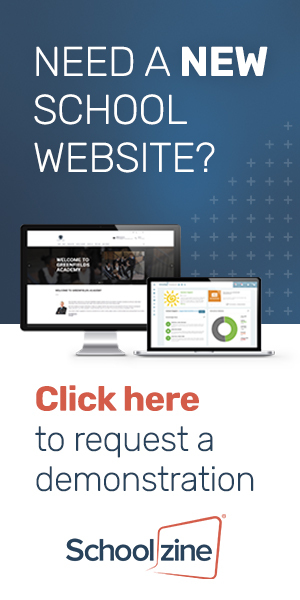Tips and advice on how to use social media in your school
- 13th July 2023
- Hannah Osborne
- Return to Insights

Social media has become an integral part of our daily lives, so it's essential for primary schools to adapt and leverage these platforms to foster better parent engagement. Social media presents a powerful tool that can enhance communications between schools and parents, facilitating information sharing, collaboration, and a stronger sense of community.
In this article, we will explore how schools can effectively use social media to improve parent engagement and create a positive and supportive learning environment for students.
1. Establish an Online Presence
If not done so already, schools should establish a strong online presence across popular social media platforms. Creating official accounts on platforms like Facebook, Twitter, and Instagram allows schools to connect with parents through familiar channels.
When you’re creating or reviewing these social accounts, don’t forget about our old friend, GDPR. The most important factor here is to ensure that you have all the appropriate photo and media consents in place for each student, and of course this needs to be reviewed regularly. The summer holidays are a great time to review these consents for existing students and distribute consent forms for new students. Our digital form tool, with signature capability, is a great starting point. Create a consent form and distribute to your community in minutes, with all the data handily stored in one place.
2. Use it or lose it (the parent engagement that is)
Time and again, we speak to schools who say their Facebook and Twitter pages ‘aren’t working for them anymore’ and more often than not when we take a closer look, we see it’s because, to a greater or lesser degree, they’ve been left to rot. The way the social algorithms work these days, the more regularly a user engages or even views a social media post, the higher priority that page will be given in the future. And a further tip, social media giants are placing ever higher importance on videos and reels; worth remembering when you’re reporting on the annual sports day.
3. Keep it fun - what to share
In Schoolzine’s opinion, social media is best placed to share the more fun, interactive, extra-curricular activities, in real time. It’s the perfect place to share ‘instant’ pictures and videos of students, as the action is happening.
For example, regular Tweets, Instagram or Facebook updates of the year 6 residential whilst they’re away. Parents will love seeing what their child is up to, when the child themselves may be away for the first time on their own. Then on their return, parents and students can look forward to a full round up in the regular newsletter, showcasing the best photos and videos.
It’s a great sharing space for media-rich smaller events too, like a football match, a celebration assembly, or a PTA update.
4. Keep it formal - what NOT to share
Be mindful that once something has been distributed on social media, it’s not always straightforward to completely ‘take it back’. That’s why it’s important to have the appropriate consents in place, but also to have a clear strategy on what you will and won’t share.
For anything that’s specifically academic or operational, we’d recommend using more formal communication channels such as your newsletter, website or app notifications. Date information can go on your school calendar. Examples might be:
- School dinner menus
- Parents evening information
- New parent information
- School uniform guidelines
- After school club information
- Staffing updates
When creating posts, we’d advise against naming or tagging specific students or parents in your captions, apart from exceptional cases such as naming the principal part in a school play. By keeping the content generic, you’re more likely to prevent potential privacy issues in the future.
5. Integrate with your regular communications strategy
By aligning your social media and broader communications strategy, you ensure consistent messaging and a unified brand presence across various channels.
With social media, you’re able to reach a wider and different audience, engage with stakeholders in real-time, and further build a sense of community. At the same time, with a sound internal communications platform, existing parents of the school will have the reassurance of an information bible at their fingertips, should they need it.
For example, a parent who is unable to make the sports day may check for photos on Twitter during the afternoon, as well as keeping an eye out for the report in the end of term newsletter.
Be sure to share your social media handles with current parents on your newsletter and website, as well as having a link to them on your school app home screen.
6. Appoint your school social media guru

Ensure it’s someone’s job to manage your social media. In a large school, this might be a communications officer, in a small primary school it could be your business manager. It’s this person’s responsibility to distribute timely, appropriate and media rich information, as well as monitoring activity on your channels. It’s crucial that someone is receiving notifications, so that if an issue arises, it can be dealt with rapidly.
If you’d like any more advice on how to integrate social media into your school’s parent engagement plan, get in touch, we’d be happy to help.





